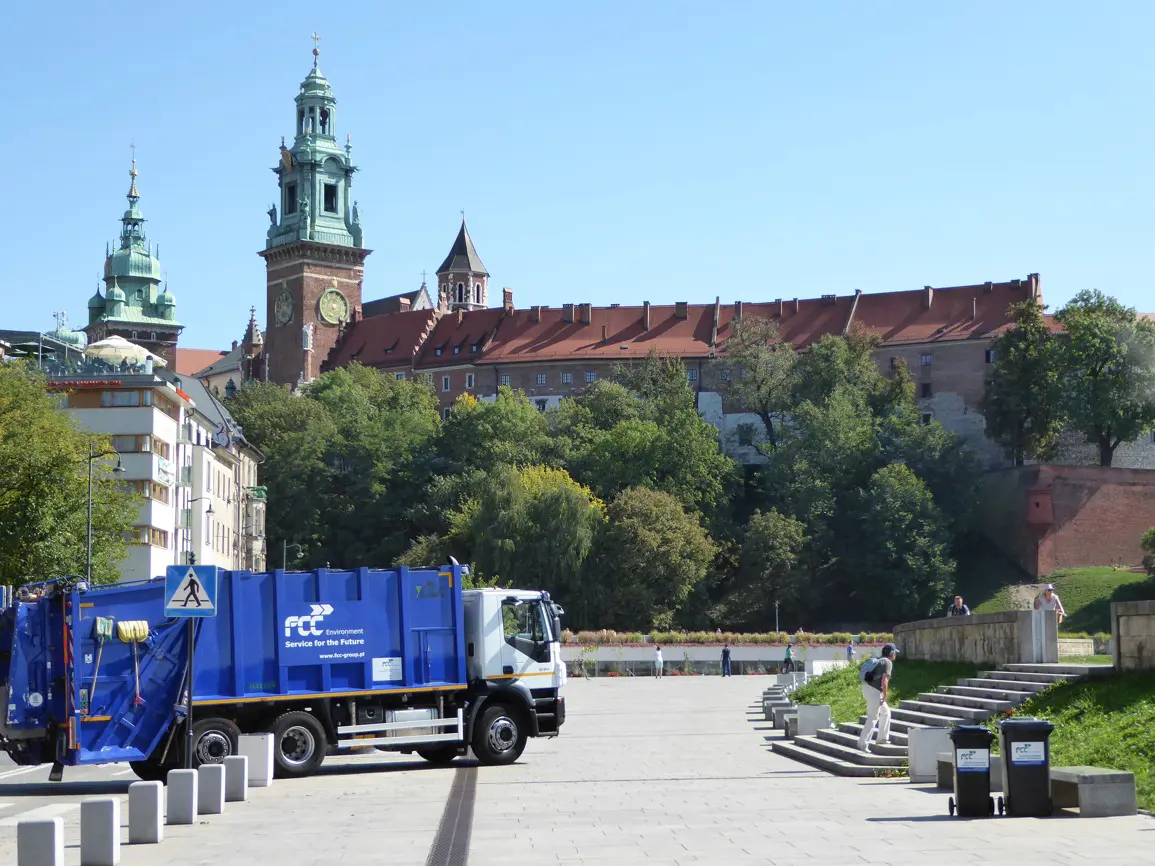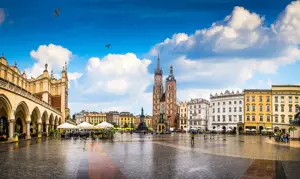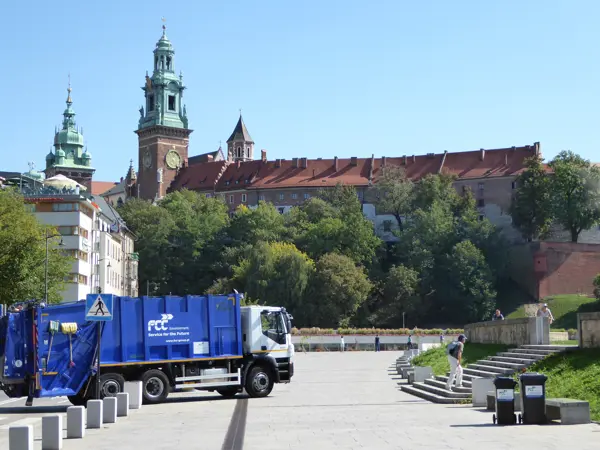13/08/2019
The Historic Centre of Cracow – an enchanting place with a fascinating history

The Historic Centre of Cracow was designated, in 1978, as one of the original twelve UNESCO World Heritage sites. The former capital of Poland is considered to be one of Europe’s most beautiful and historic cities.
What makes the Historic Centre of Cracow unique?
Cracow’s Old Town (Stare Miasto), is a popular destination for tourists from Europe and all over the world thanks to its wonderfully preserved thousand-year-long history. The city’s magnificent architecture - featuring the harmonious mixture of architectural styles that have flourished in Poland since the Middle Ages - mirrors centuries of developments in Central Europe.
The architectural plan of the Historic Centre was created in 1257 and features the largest medieval town square of any European city – Rynek Główny (Main Square). Influenced by the increase in tourist interest over the past decades, various ‘must-see’ tourist attractions have arisen – these include:
 The Cloth Hall (Sukiennice) – one of the city’s most iconic features. Once a centre of international trade, now a building of great architectural interest which was erected during the Renaissance, bustling with life and including numerous unique market stalls.
The Cloth Hall (Sukiennice) – one of the city’s most iconic features. Once a centre of international trade, now a building of great architectural interest which was erected during the Renaissance, bustling with life and including numerous unique market stalls.- Town Hall Tower (Wieża ratuszowa) – built of stone and brick, a magnificent monument erected in the 13th century as a part of the old Town Hall, it is the only remaining part of the original Town Hall, which was demolished in 1820.
- Adam Mickiewicz Monument – located in the centre of the Main Market Square - this bronze memorial of the greatest Polish Romantic poet of the 19th century is considered to be one of the most recognizable monuments in Poland, as well as a focal point for visitors to Cracow.
Kościół Mariacki (St. Mary’s Basilica) – a 14th century Gothic church, particularly famous for its altar, which was carved by the German sculptor - Veit Stoss. The basilica features two towers of different heights; from the taller of which a trumpet signal - known as the Hejnał mariacki - is played every hour. The melody is broken off in the middle in order to commemorate a trumpeter who was shot in the throat during the Mongol assault of the city in the 13th century.
No visit to Cracow would be complete without taking a tour of the famous castle, up on Wawel Hill. Just like the whole of the Historical Centre, Wawel Castle represents almost all of the architectural styles from Medieval, through the Renaissance and Baroque periods. Wawel Hill is also strongly connected to an important legend in Polish folklore – the Wawel Dragon!
FCC Environment CEE in Cracow
FCC Poland is one of the most important corporate groups offering waste management services in the country. It is formed by 7 companies, 5 branches, 9 waste processing plants and nearly 500 employees. FCC companies operate in 42 communes and serve 760,000 citizens, as well as 9,200 commercial and industrial customers.
FCC-branded vehicles have been present on the streets of Cracow since 2013. They are used to collect waste from the city's citizens, and they are also utilized to serve industrial clients and commercial networks.







